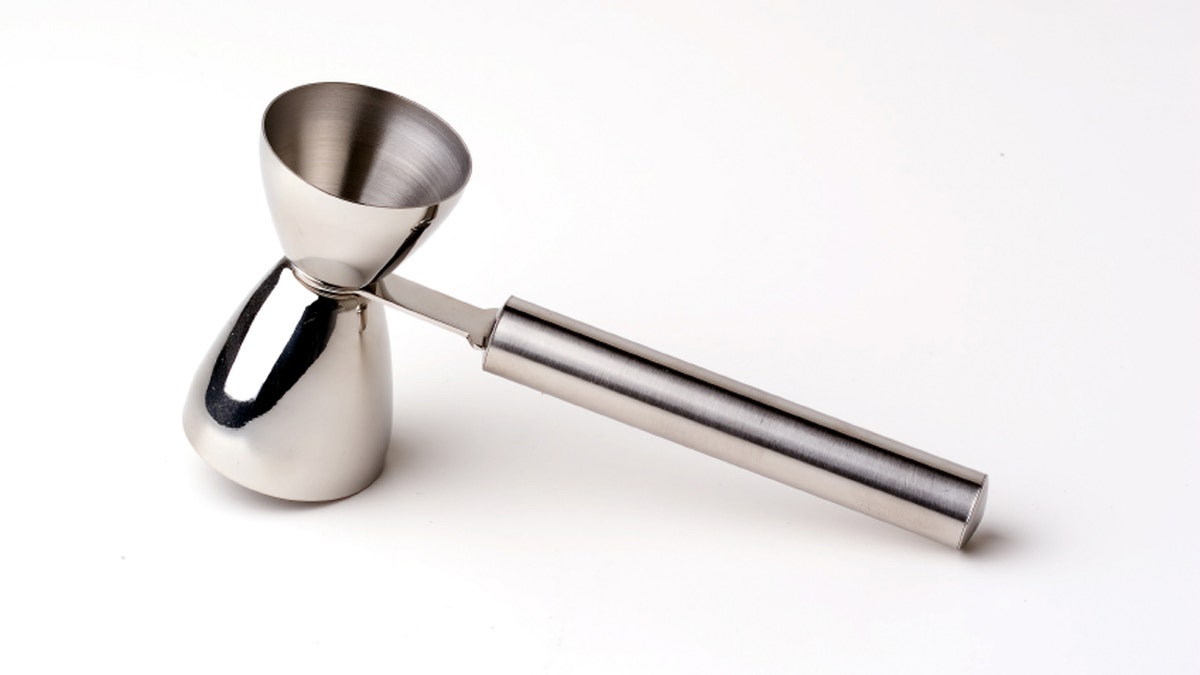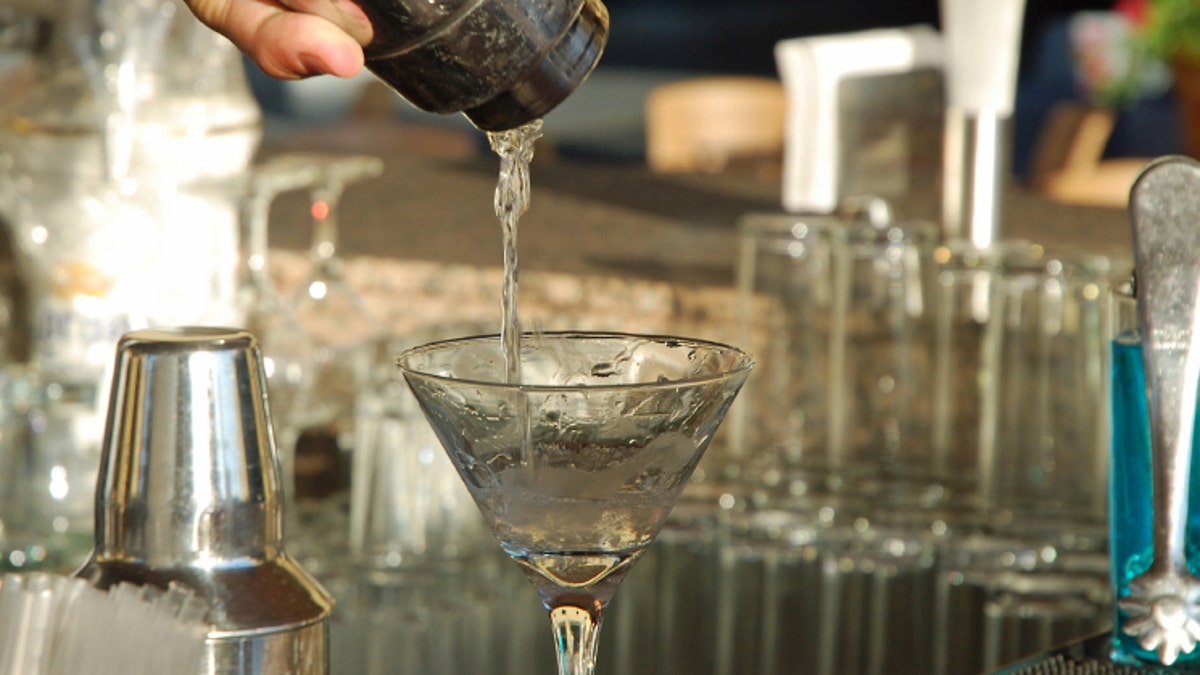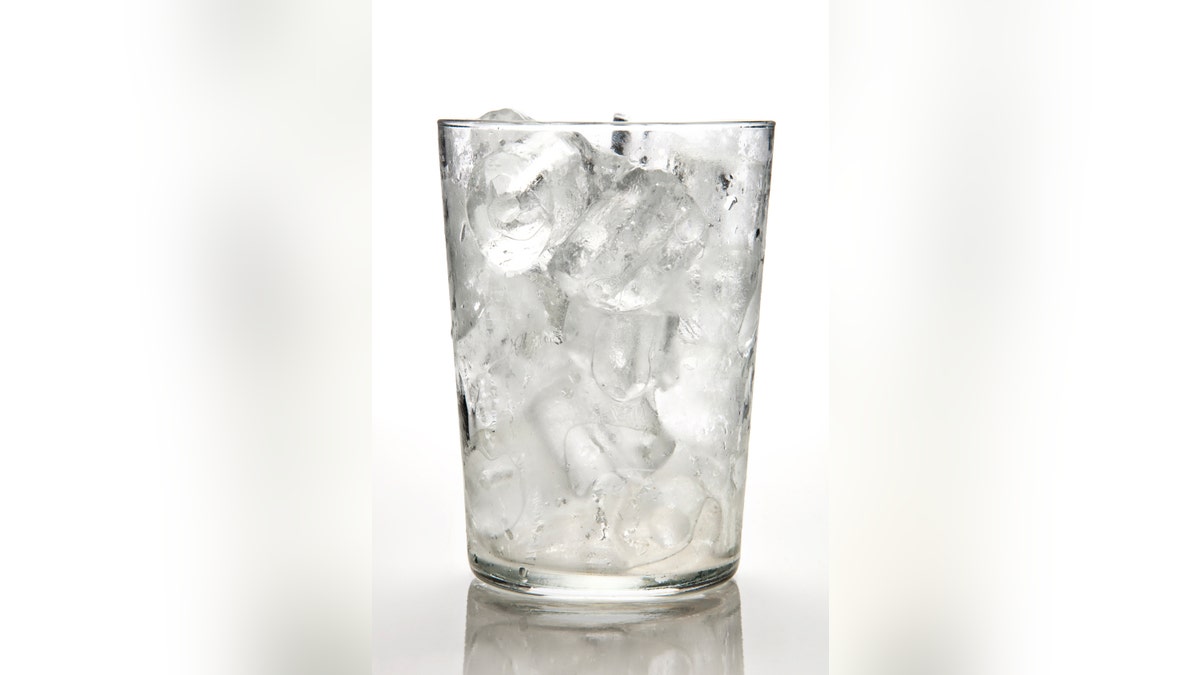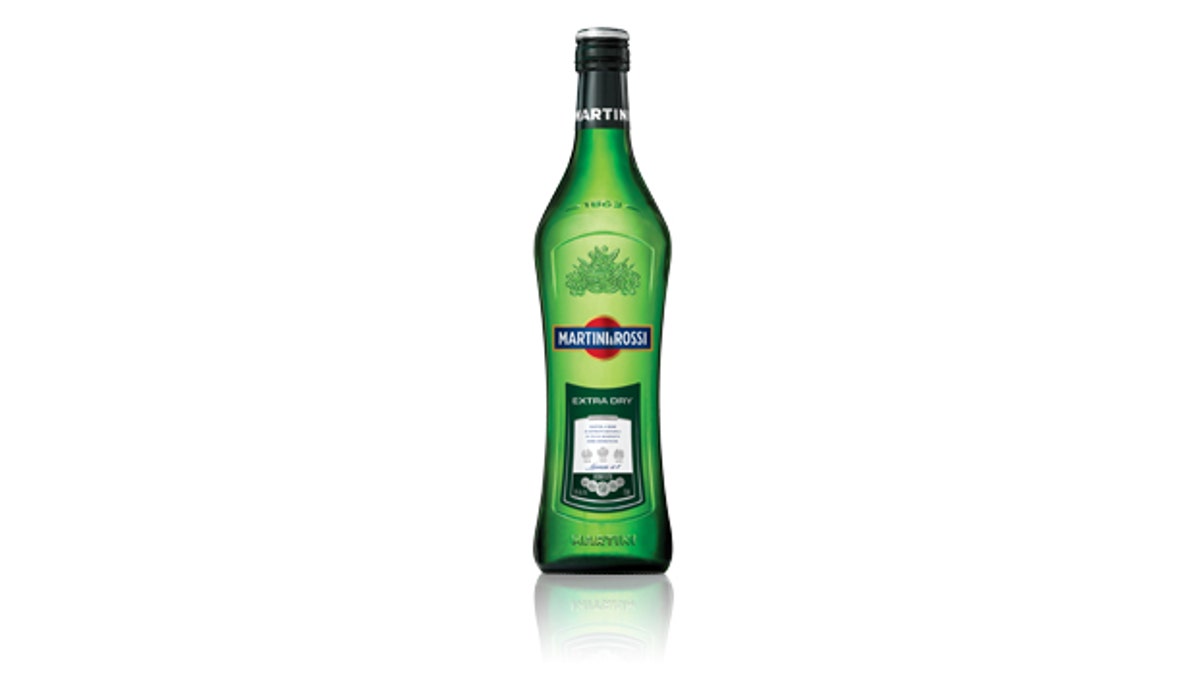How is it possible that a cocktail that is basically made with two basic ingredients can be subject to so much controversy?
That’s often the question when it comes to the mystery of the martini. While gin and vermouth may seem like all you need to put together this infamous libation, the tools, steps, and calculations are as important as the ingredients.
The history of the martini is surrounded in as many variations as the few ingredients can have. There are several theories of its origin. One holds that it is named after Martini vermouth; another that it was originally called “The Martinez,” and was named during the California Gold Rush for the town of Martinez, where a bartender invented it. The first martini may have been made with wine, gin, and an olive. It evolved through the years as it grew into its name.
You need eight things on hand to make a perfect martini: ice, a martini glass, a shot glass, a shaker, a strainer, vermouth, gin, and a garnish.
The shaker is a necessity, but whether or not you should actually shake it is a question that has baffled many. "Shaken, not stirred" is a phrase uttered frequently by James Bond, but not everyone agrees. Some bartenders feel that shaking the drink may take away some of its distinct properties by "bruising" the gin.
This opinion has been passed along to enough patrons that “Shaken or stirred?” is a question you’ll be asked before your martini hits the glass. It’s often followed by an inquiry into how dry you want it. In the world of martinis, dry has nothing to do with liquid; it’s about the ratio of gin to vermouth. The less vermouth you have (meaning more gin), the “drier” it will be.
It’s a classic martini with two shots of gin to one shot of vermouth that you most likely want. Think twice about asking a bartender to make you a “perfect” martini. In martini terms, “perfect” actually means equal parts of gin and vermouth, leaving you with a much different cocktail than you may have wanted.
In recent years the word martini has been slapped onto drinks made with vodka instead of gin (in which case it should properly be called a vodka martini), and liqueurs in addition or substitution. Appletinis and Chocolate Martinis may be the norm on some menus, but nothing compares to the classic.
1. Martini Glasses

Martinis with olives and shaker on bar (iStock)
Don’t spend all your time making a good martini and then pouring it into any old glass. Invest in a couple of martini glasses. Riedel is the most popular name for wine and cocktail glasses, but you don’t have to splurge that much to make the ultimate martini. Purchase stemmed martini glasses that can stand the cold, because you’ll need them chilled in the freezer for at least an hour before you make your cocktail.
2. Shot Glass (or Jigger)

(iStock)
Proper measurements are a must to make a perfect martini. Save your measuring cup for baking the cookies. You need a shot glass or a jigger — a double-sided shot glass, usually in stainless steel instead of glass — to get the exact proportions of one shot of vermouth and two shots of gin.
3. Shaker

(iStock)
Whether you are having your martini shaken or stirred, you’ll need a shaker, or at least a large mixing glass. It’s a good idea to pre-chill the shaker for a bit so the ice stays completely frozen when you put it in. You’ll want to fill the shaker about three-quarters with ice so that there’s plenty in there, but there is also room to shake or stir.
4. Ice

(iStock)
This is your first step and it should be done long before you start making your martini. You’ll need lots of ice and you want it to be good ice. You don’t want ice from that tray that’s in between the frozen garlic and the leaking ice cream container. You also don’t want ice from the faucet you won’t even drink from. Splurge on some bottled water and new ice trays – covered with Ziplocs if you can’t keep the freezer odors at away.
5. Dry Vermouth

(Martini & Rossi)
There are two varieties of this fortified wine made with a variety of herbs and spices: dry (which is clear or yellowish in color) and sweet (which is red). Need we specify that you want the dry kind here? Vermouth is not a liquor you would normally sit and sip, but it is essential to a martini. It’s very aromatic, but the taste when you drink it by itself doesn’t always live up to the flavor promised by the aroma. The balance when added to gin works just right in a martini.
More from The Daily Meal
Deliciously Creepy Cocktails for Your Halloween Party
25 Foods and Drinks Dentists Won’t Touch
